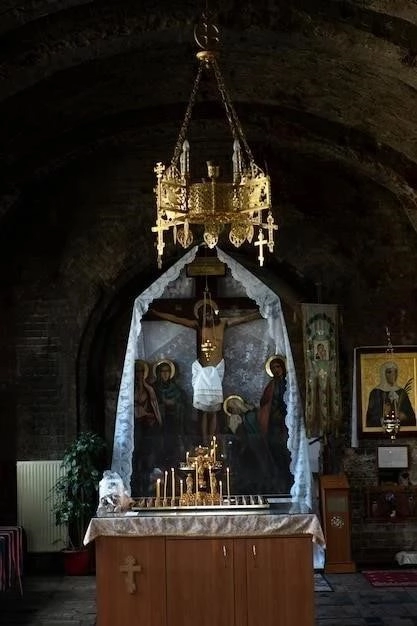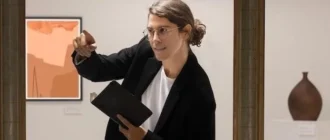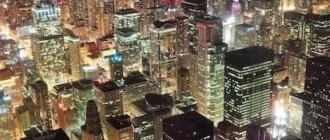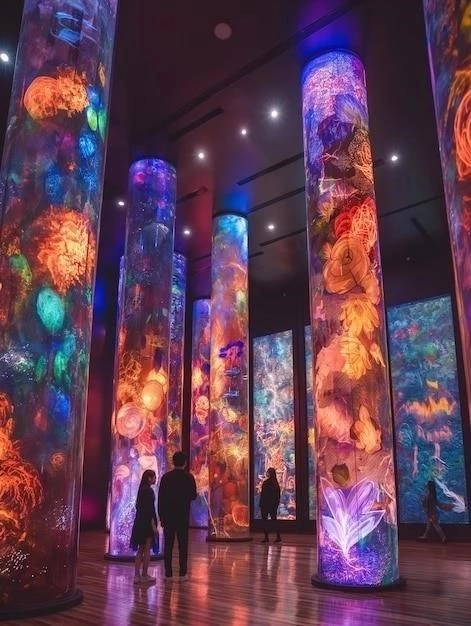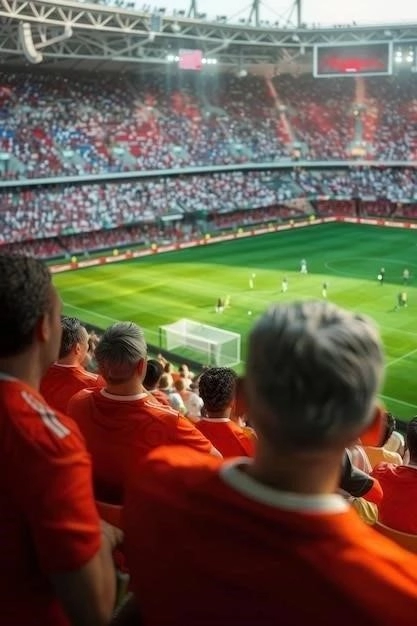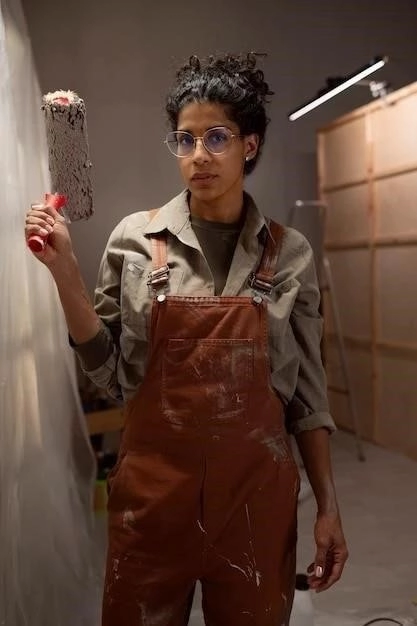Introduction: A Tapestry of Cultures

New York City, a global metropolis teeming with life and ambition, is perhaps best understood through its intricate mosaic of neighborhoods. More than just geographical divisions, these enclaves pulse with the distinct rhythms of their inhabitants, reflecting a rich tapestry of cultures, languages, and traditions. From the stately brownstones of Brooklyn Heights to the vibrant street art scene of Bushwick, each neighborhood offers a unique perspective on the city’s multifaceted identity.
This exploration delves into the heart of New York City’s diverse communities, uncovering the historical narratives, demographic shifts, and cultural nuances that shape these dynamic spaces. We will traverse the five boroughs, examining how waves of immigration, economic forces, and social movements have contributed to the evolution of these neighborhoods. Through data-driven insights and historical anecdotes, we aim to illuminate the intricate interplay between place and identity, revealing how New York City’s neighborhoods serve as microcosms of the city’s larger narrative of resilience, adaptation, and perpetual reinvention.
Join us as we embark on a journey to discover the soul of New York City, one neighborhood at a time, unraveling the stories etched into the very fabric of its streets, buildings, and the lives of its extraordinary residents. From the iconic landmarks to the hidden gems tucked away on quiet corners, each stop promises a glimpse into the vibrant tapestry that makes New York City a global epicenter of culture and diversity.
Manhattan: The Heart of the Metropolis
Manhattan, the island borough that needs no introduction, stands as a global symbol of urban dynamism. Within its densely packed grid, a constellation of distinct neighborhoods unfolds, each radiating its own unique character. From the soaring skyscrapers of Midtown, the financial nerve center of the world, to the bohemian allure of Greenwich Village, Manhattan is a study in contrasts, a place where ambition and creativity collide.
The Upper East Side, synonymous with elegance and affluence, boasts opulent residences, world-renowned museums, and designer boutiques lining Madison Avenue. In contrast, the Upper West Side exudes a more relaxed sophistication, characterized by its stately brownstones, renowned cultural institutions like Lincoln Center, and proximity to the sprawling green oasis of Central Park.
Venture downtown, and the energy shifts dramatically. The East Village, once a haven for artists and musicians, retains its gritty charm while welcoming a new wave of trendy restaurants and nightlife spots. Greenwich Village, steeped in a rich history of artistic and literary bohemia, still attracts those seeking intellectual stimulation and a vibrant cultural scene. And nestled at the southern tip of the island, the Financial District, once dominated by banking giants, is now experiencing a residential renaissance, its sleek new towers attracting a new generation of city dwellers. Manhattan, in its entirety, serves as a powerful reminder that within even the most densely populated urban environments, a diverse tapestry of neighborhoods can thrive, each contributing to the city’s unparalleled vibrancy.
Brooklyn: From Brownstones to Beaches
Across the East River, sprawling Brooklyn unfurls, a borough brimming with its own distinct energy and an eclectic blend of neighborhoods. Once considered Manhattan’s less glamorous neighbor, Brooklyn has undergone a remarkable transformation in recent decades, emerging as a cultural powerhouse and a magnet for artists, young professionals, and those seeking a more laid-back urban experience.
Brooklyn Heights, with its tree-lined streets and breathtaking views of the Manhattan skyline, epitomizes the borough’s brownstone charm. Cobblestone streets and historic townhouses transport visitors back to the 19th century, while trendy cafes and boutiques add a modern touch. Further south, Williamsburg has become synonymous with hipster cool, its converted warehouses now housing art galleries, indie music venues, and some of the city’s most innovative restaurants.
Yet, Brooklyn’s diversity extends far beyond these well-known enclaves. Prospect Park, a verdant masterpiece designed by the same minds behind Central Park, anchors a cluster of neighborhoods, each with a distinct flavor. Park Slope, known for its family-friendly atmosphere and Victorian architecture, sits alongside Prospect Heights, home to the Brooklyn Museum, Botanic Garden, and a burgeoning culinary scene. And let’s not forget Brooklyn’s iconic beach communities, Coney Island, with its nostalgic boardwalk and amusement park, and Brighton Beach, offering a taste of Little Odessa, complete with Russian delis and restaurants.
Queens: A Global Mosaic
Queens, a sprawling borough celebrated as the most ethnically diverse urban area in the world, embodies the true meaning of a melting pot. Here, over 150 languages intermingle on a daily basis, a testament to the borough’s long history as a gateway for immigrants seeking new beginnings and a taste of the American dream. This rich tapestry of cultures is woven into the very fabric of Queens’ neighborhoods, each reflecting the traditions and flavors of its residents.
Flushing, a bustling hub in north-central Queens, offers a vibrant immersion into East Asian culture. Its streets teem with authentic Chinese, Korean, and Vietnamese restaurants, while bustling markets overflow with exotic produce and spices. Journey to Astoria, and you’ll be greeted by the aroma of strong Greek coffee and the sounds of traditional music spilling out from family-owned tavernas. This historically Greek neighborhood, while evolving, still retains its old-world charm, inviting visitors to savor delicious pastries in sidewalk cafes.
Jackson Heights, a testament to ongoing waves of immigration, presents a captivating blend of South Asian, Latin American, and Tibetan cultures. Here, one can sample savory empanadas from a street vendor, browse colorful saris in a boutique, and enjoy a traditional Tibetan meal, all within a few blocks. Queens, in its vibrant diversity, exemplifies the profound impact of immigration on New York City, showcasing the resilience and adaptability of communities coming together to create a vibrant tapestry of cultures.
The Bronx: A Resurgence of Culture and Community
The Bronx, the northernmost borough of New York City, pulses with an undeniable energy, a blend of urban grit and a resilient spirit. Often associated with its challenging past, the Bronx is experiencing a remarkable resurgence, a testament to the power of community revitalization and the enduring legacy of its cultural contributions.
The birthplace of hip-hop, the Bronx reverberates with a vibrant arts and music scene. In the South Bronx, where colorful murals adorn buildings, a new generation of artists draws inspiration from the borough’s rich cultural heritage. The Bronx Museum of the Arts, showcasing contemporary and modern art, stands as a beacon of creative expression and a testament to the borough’s evolving artistic landscape.
Beyond its cultural contributions, the Bronx is home to a diverse tapestry of neighborhoods, each with a unique story to tell. Riverdale, nestled along the Hudson River, exudes a tranquil, almost suburban ambiance with its stately homes and tree-lined streets. Fordham, anchored by Fordham University, buzzes with a youthful energy and a thriving commercial district catering to a diverse student population. And let’s not forget the iconic Yankee Stadium, a pilgrimage site for baseball fans and a source of immense pride for residents of the borough.
Staten Island: A Suburban Oasis in the City

Staten Island, often referred to as “the forgotten borough,” offers a distinct departure from the frenetic pace of its urban counterparts. Connected to Manhattan by the iconic Staten Island Ferry, this borough provides a welcome respite from the city’s clamor, boasting a more suburban atmosphere defined by leafy streets, spacious parks, and a strong sense of community.
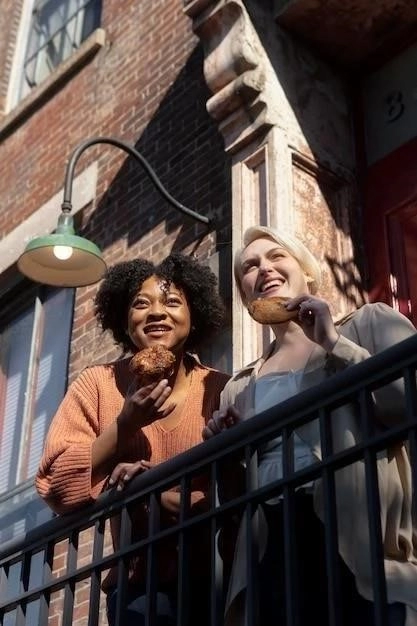
St. George, the first neighborhood encountered upon disembarking the ferry, greets visitors with stunning views of the harbor and the Lower Manhattan skyline. This historic district, with its charming Victorian architecture and burgeoning arts scene, is experiencing a revival, attracting new residents seeking a quieter urban experience. Venture further inland, and you’ll discover a borough rich in natural beauty.
The Greenbelt, a sprawling network of parks and trails, offers ample opportunities for hiking, biking, and escaping into nature. Staten Island is also home to a diverse culinary scene, reflecting its rich tapestry of Italian, Irish, and Polish communities. From traditional pizzerias and trattorias to cozy pubs and waterfront seafood restaurants, Staten Island delights with its unique blend of flavors and ambiances. This often-overlooked borough, with its unique blend of urban amenities and suburban tranquility, offers a refreshing perspective on life in New York City.
Ethnic Enclaves: A Taste of the World
One of New York City’s most captivating attributes is its remarkable ability to transport you around the globe without ever leaving its five boroughs. Ethnic enclaves, woven into the city’s intricate urban tapestry, offer immersive cultural experiences, showcasing the traditions, languages, and flavors of communities from every corner of the world.
A stroll through Manhattan’s Chinatown, with its vibrant street markets overflowing with exotic fruits, vegetables, and seafood, immerses visitors in the sights, sounds, and aromas of Chinese culture. Dim sum restaurants, tea parlors, and traditional medicine shops line the bustling streets, offering a glimpse into the daily lives of this thriving community. In Queens, a visit to Koreatown, or “K-Town” as it is affectionately known, reveals a different cultural landscape. Here, Korean barbecue restaurants, karaoke bars, and shops selling K-pop merchandise cater to a younger generation, showcasing the dynamism and evolving nature of immigrant communities.
These ethnic enclaves, far from being static entities, are constantly evolving, reflecting the changing demographics and cultural influences of New York City. They serve as vital centers for preserving cultural heritage, providing a sense of belonging for recent immigrants while offering a taste of the world to those seeking to expand their cultural horizons. It is within these vibrant enclaves that New York City’s true spirit of diversity and multiculturalism comes alive, reminding us of the power of community, adaptation, and the enduring human desire to connect with familiar traditions in a new land.
The Evolution of Neighborhoods
New York City’s neighborhoods are dynamic entities, constantly evolving in response to shifting demographics, economic forces, and social trends. Understanding their evolution provides a fascinating glimpse into the city’s history, revealing how waves of immigration, urban renewal projects, and cultural movements have reshaped the urban landscape over time.
Consider the dramatic transformation of the Meatpacking District, once a hub for industrial slaughterhouses and meatpacking plants, as its name suggests. The area’s gritty industrial character, while attracting artists and underground clubs in the 1980s and 1990s, underwent a dramatic shift in the early 2000s. High-end boutiques, art galleries, and trendy restaurants replaced meatpacking plants, transforming the neighborhood into a chic destination for fashion and nightlife.
Similarly, Harlem, a neighborhood steeped in African American history and culture, has witnessed its own share of transformation. Once a vibrant center for jazz and the Harlem Renaissance, the neighborhood faced economic decline in the mid-20th century. However, recent decades have witnessed a resurgence, with new businesses and residents attracted by Harlem’s rich cultural heritage and its proximity to Manhattan’s core. The evolution of neighborhoods like Harlem and the Meatpacking District underscores the dynamic nature of urban spaces, subject to constant change as new generations make their mark on the city’s fabric.
The Role of Immigration
Immigration is the lifeblood of New York City, a driving force behind its remarkable diversity and the unique character of its neighborhoods. For centuries, waves of immigrants, seeking new beginnings and drawn by the promise of opportunity, have converged on New York, shaping its cultural landscape, its economy, and its very identity.
From the arrival of Europeans in the 17th century to the influx of Irish, Italians, and Eastern European Jews in the 19th and early 20th centuries, each wave of immigration has left an indelible mark on the city. These newcomers often settled in close-knit communities, establishing ethnic enclaves that provided a sense of familiarity and support as they navigated a new language and culture. These enclaves, while evolving over time, continue to enrich New York City with their unique traditions, languages, and culinary delights.
Today, immigration from Latin America, Asia, and Africa continues to reshape the city’s demographics and its neighborhoods. Queens, as mentioned earlier, stands as a testament to this ongoing influx, boasting the most ethnically diverse population of any urban area in the world. The story of New York City is inextricably linked to the stories of immigrants who have made it their home. Their contributions, often made in the face of adversity and discrimination, have shaped the city’s vibrant cultural tapestry, its economic dynamism, and its enduring spirit of resilience and reinvention.
Challenges and Opportunities
While New York City’s diverse neighborhoods are a testament to its vibrant multiculturalism, they also face a unique set of challenges and opportunities. As the city grapples with issues of affordability, gentrification, and social equity, understanding the complex dynamics at play within its neighborhoods is essential for fostering inclusive and sustainable growth.
One of the most pressing challenges is the rising cost of housing. As certain neighborhoods become increasingly desirable, driven by factors such as proximity to amenities, transportation, and perceived safety, longtime residents often find themselves priced out. This displacement, often along racial and socioeconomic lines, can erode the very fabric of communities that contribute to New York City’s unique character.
However, amidst these challenges lie opportunities to create more equitable and inclusive neighborhoods. Investing in affordable housing initiatives, supporting small businesses owned by long-time residents, and promoting dialogue and understanding across cultural divides are essential steps in this direction. Furthermore, preserving the cultural heritage of neighborhoods while embracing new influences is vital for fostering a sense of belonging for all residents, ensuring that New York City remains a beacon of diversity and opportunity for generations to come.
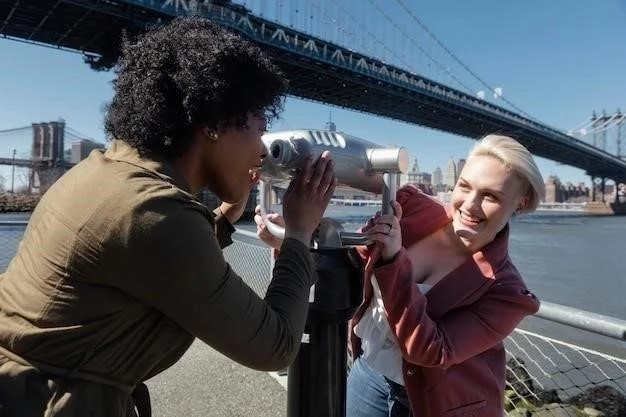
A City of Endless Exploration
As we conclude our exploration of New York City’s diverse neighborhoods, we are reminded that the city’s true essence lies not in its iconic skyline or bustling avenues, but in the intricate tapestry of human experiences woven within its boroughs. Each neighborhood, with its unique history, cultural nuances, and evolving identity, contributes to the city’s remarkable dynamism and its enduring status as a global crossroads.
From the stately brownstones of Brooklyn Heights to the vibrant street art of the Bronx, from the bustling markets of Flushing to the tranquil parks of Staten Island, New York City’s neighborhoods offer endless avenues for discovery and understanding. Engaging with the city on a neighborhood level, taking the time to explore its hidden corners, savor its diverse flavors, and listen to the stories of its residents, reveals the true heart and soul of this extraordinary metropolis.
As New York City continues to evolve, grappling with challenges and embracing opportunities, its neighborhoods will remain vital spaces for fostering community, celebrating diversity, and shaping the city’s ever-changing narrative. The journey through New York City’s neighborhoods is a journey without end, a testament to the city’s boundless capacity for reinvention and its enduring ability to surprise, inspire, and captivate those who dare to explore its depths.



